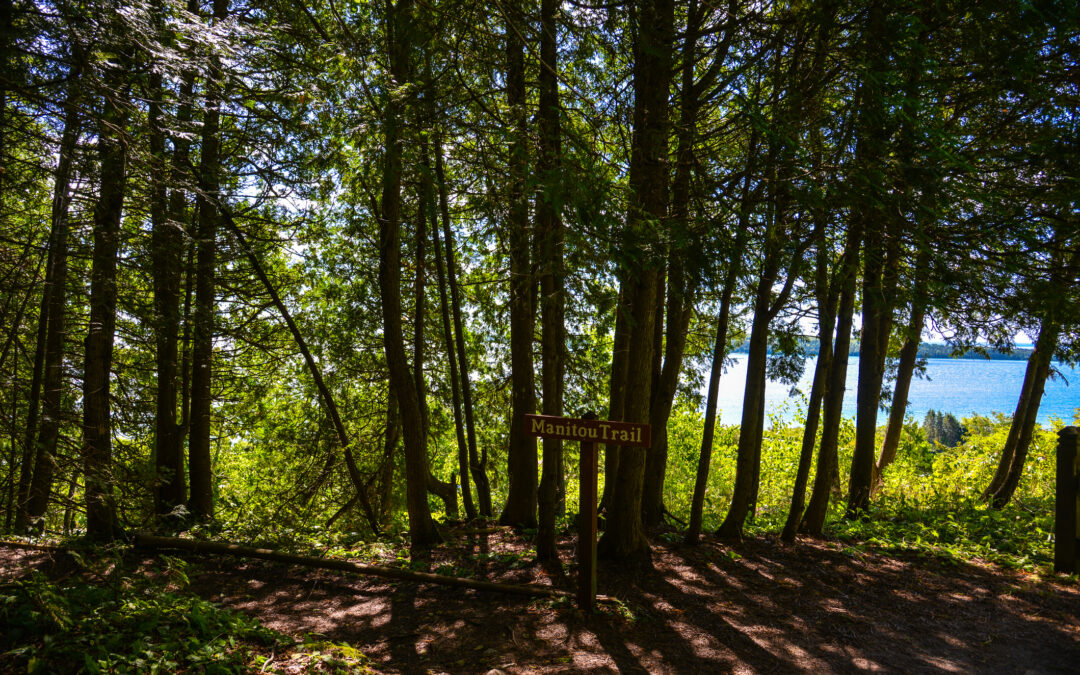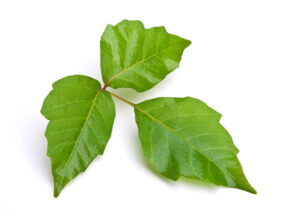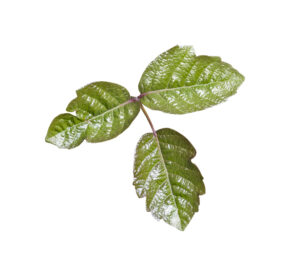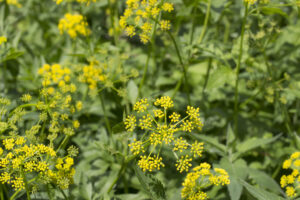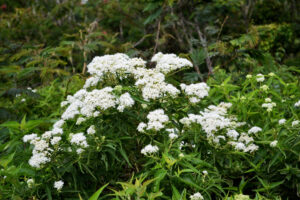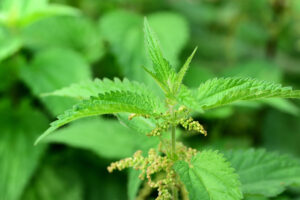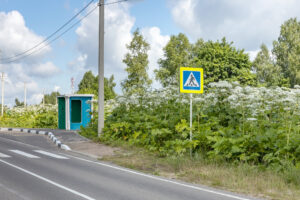Spending time in Michigan’s great outdoors is a favorite pastime for both visitors and locals. With more than 4,000 miles of hiking trails and millions of acres of public land, it’s easy to find a spot to enjoy the fresh air and greenery of Michigan’s forests. While taking in the beautiful trees and wildflowers, there are some plants you should avoid.
Poison Ivy – Poison Ivy is the most common nuisance plant you’ll come across in Michigan. Most people know how to recognize this three-leaf vine that grows along the ground and on trees. The plants have oil that transfers easily to the skin, and the slightest contact can cause a painfully itchy rash.
Poison Oak – This plant grows as a low shrub. It also has three leaves with rounded or pointed tips. Sometimes the plants have light yellow berries. Like Poison Ivy, this plant has oil that causes a red, itchy rash on your skin.
Poison Sumac – Poison Sumac is a shrub that usually grows to about five feet tall. It grows in forests, most often in damp or swampy areas. It has elongated leaves that end at a point and grows in groups on reddish stems. This is another plant with oil that causes an itchy rash even more severe than poison ivy. Thankfully Poison Sumac isn’t as common as Poison Ivy, but you want to steer clear of it!
Wild Parsnip – This invasive plant first appeared in the midwest in the 90s. Wild Parsnip grows in clumps with stalks up to 4 feet tall covered in sprays of small yellow flowers. The plant produces a sap that causes chemical burns on the skin; the skin will blister and discolor.
Poison Hemlock – Poison Hemlock grows three to four feet tall and features large umbrella-shaped clusters of tiny, white flowers. It is found in meadows along the roadside and resembles Queen Anne’s Lace but is much taller. The plant is extremely toxic to humans and animals if ingested; contact with the skin or respiratory system can also cause a reaction. Symptoms include dizziness, dilated pupils, and trembling. A severe reaction will cause the heart to slow, paralyze muscles, and damage the central nervous system. It can even lead to respiratory failure and death.
Stinging Nettles – A Stinging Nettle plant has stalks that grow up to six feet tall. The pointed leaves are dark green with small teeth around the edges. Minor itching and redness may occur on the skin if it makes contact with the leaves. Ironically, the plant has several medicinal uses, including controlling diabetes and pain relief. It’s not recommended for medical use unless directed by a doctor.
Giant Hogweed – This noxious weed is rare and the easiest to identify. It’s enormous, growing 8 to 20 feet high with large umbrella-like clusters of white flowers. It also resembles Queen Anne’s Lace but is much bigger. Like Wild Parsnip, the sap causes chemical burns, which can be severe. If your skin comes into contact with Giant Hogweed, seek medical attention as soon as possible.

